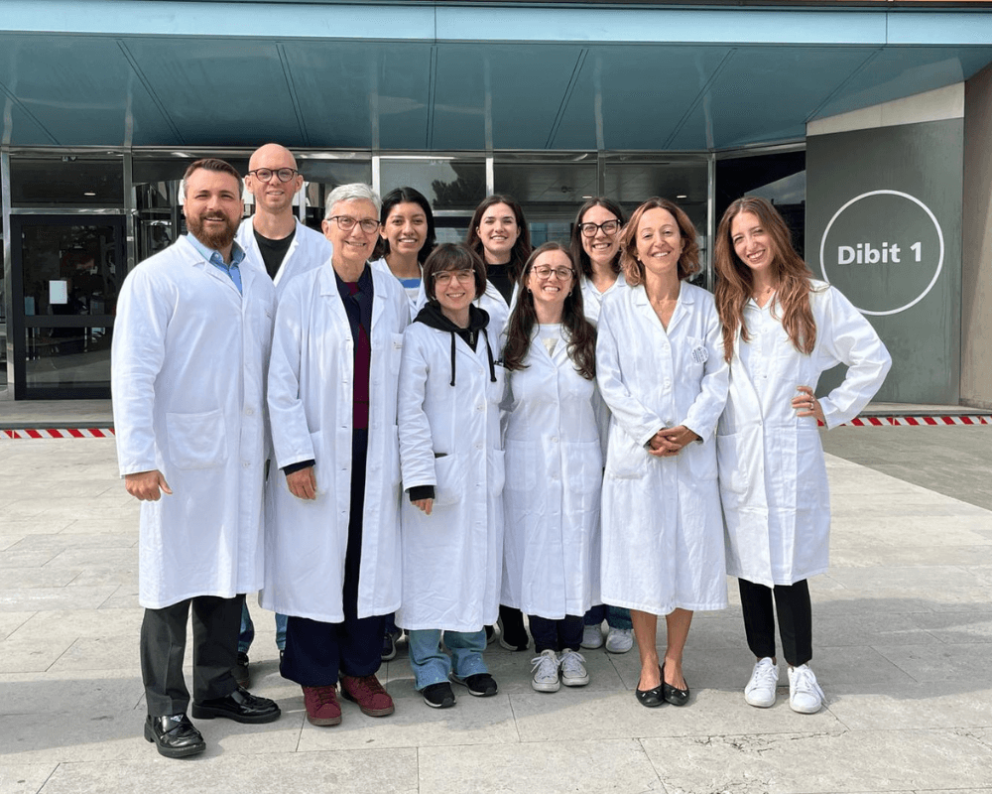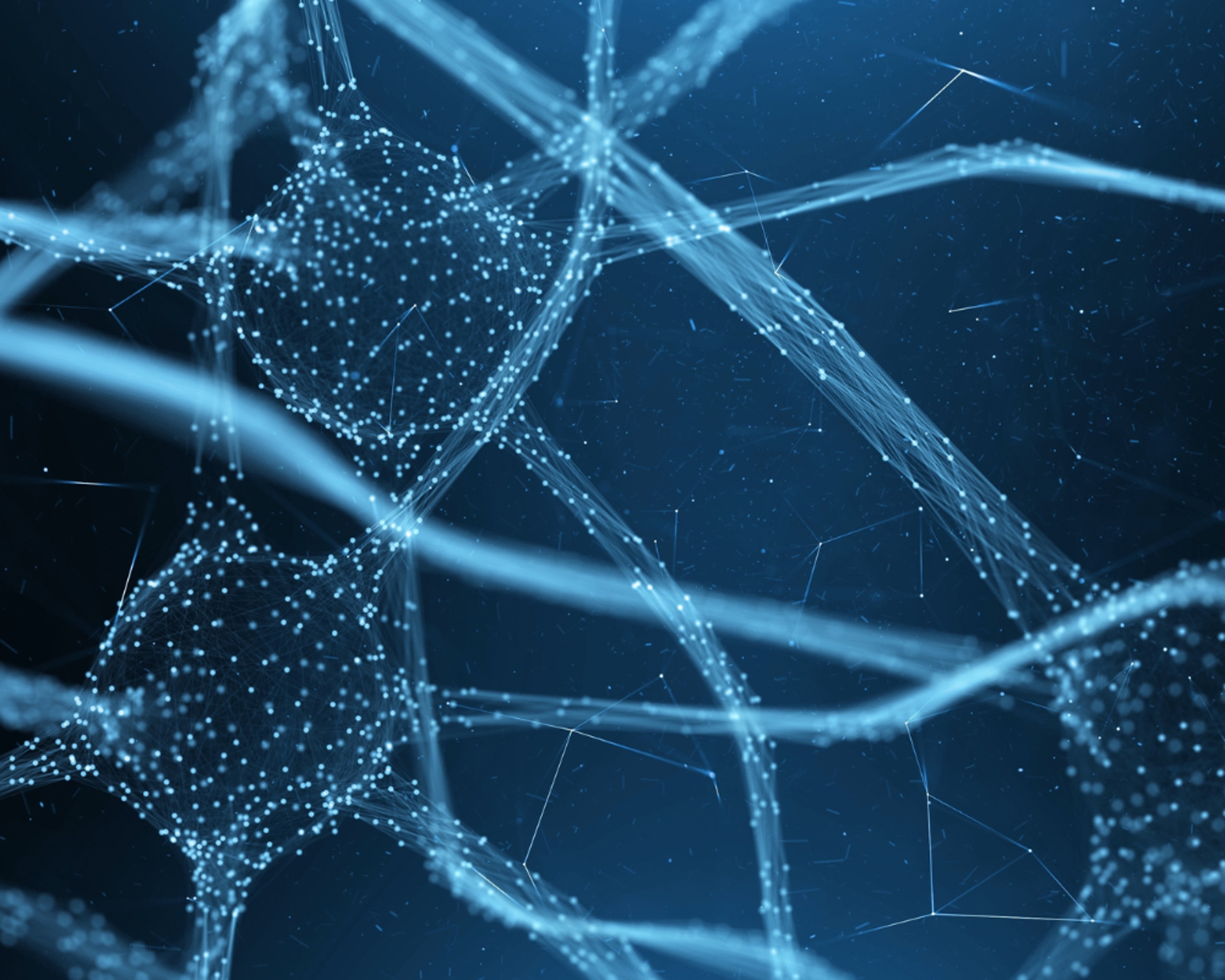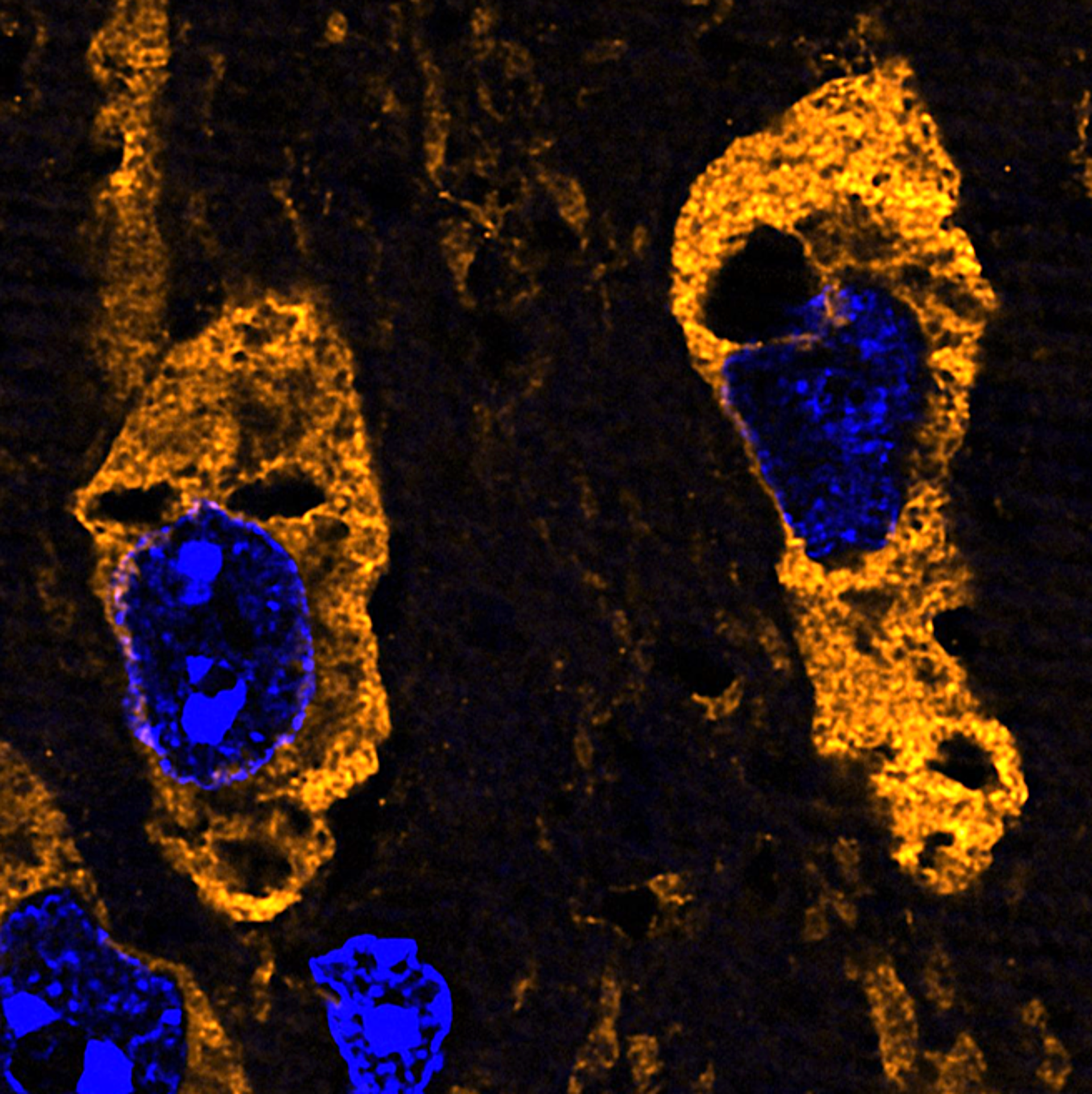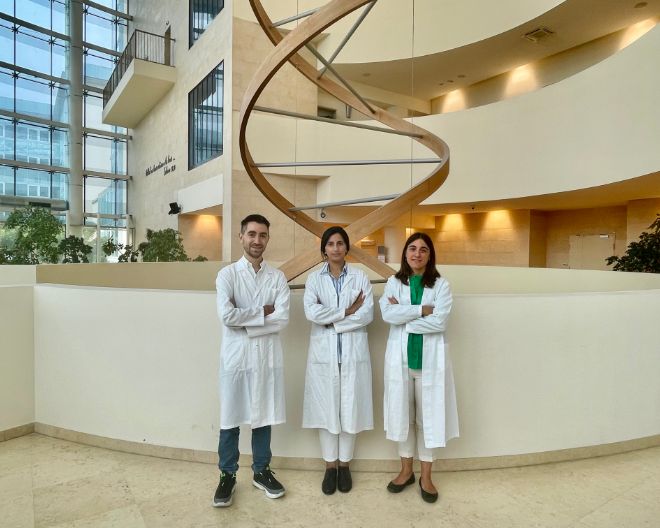Juvenile Parkinson's disease: at San Raffaele created a new model to study its development

A new study conducted at the IRCCS San Raffaele Hospital and Vita-Salute San Raffaele University, in collaboration with New York University and other prestigious Italian research centres (University of Padua, University of Trento, IRCCS Istituto Auxologico Italiano, University of Ferrara), opens new perspectives for the therapy of Parkinson's disease, one of the most common neurodegenerative diseases. The researchers have developed an innovative experimental model of the disease, distinct from all those created so far, representing a significant advancement for future studies—both to test drugs against the disease and to study its onset mechanisms before symptoms appear.
The research, coordinated by Jenny Sassone, pharmacology professor at UniSR and researcher in the Neuropsychopharmacology Unit of the IRCCS San Raffaele Hospital, has been published in the prestigious journal BRAIN.
Parkinson's Disease
Parkinson's disease affects approximately 10 million people worldwide. In Italy, it is estimated that around 250,000 people suffer from this condition, with a prevalence of about 300 cases per 100,000 inhabitants. Although the disease is more common among the elderly ones—with incidence significantly increasing after age 60—about 10-15% of individuals exhibit symptoms before age 50 due to the so-called juvenile Parkinson's disease. This form is identical in degenerative processes and symptoms to all other types of Parkinson's, except for the difference in early onset. Initial symptoms usually manifest subtly and include resting tremors, muscle rigidity, and slowness of movement. However, these may precede motor symptoms with non-motor signs such as sleep disturbances, depression, and loss of smell appearing years prior, significantly compromising patients' quality of life. Often, the condition is treated with symptomatic drugs that effectively control symptoms for several years but unfortunately do not prevent disease onset or slow its progression.

The Study Published in BRAIN
The recently published study discusses the development of a new preclinical model which resembles the characteristics of juvenile Parkinson's due to mutations in the PARKIN gene (Autosomal Recessive Juvenile Parkinsonism-ARJP).
A previous research had already demonstrated the possibility of creating laboratory-based preclinical models of the disease by eliminating the PARKIN gene involved in Parkinson's disease. However, in these models, despite gene deletion, no symptoms (neither degeneration nor motor phenotype) were observed, making it challenging to test molecules and study their pathogenic mechanisms.
For the first time, our mouse model maintains active PARKIN gene by introducing a small mutation that accurately reproduces the neuropathological changes observed in humans. This offers researchers worldwide a replicable model of human disease,
explains Professor Jenny Sassone, lead author of the study.
We are very pleased with this important contribution and especially to share it with the entire scientific community because even today, experimental models are necessary for studying certain diseases and testing more effective drugs before moving to clinical trials,
states Professor Flavia Valtorta, Dean of the Faculty of Medicine and Surgery at UniSR and head of the Neuropsychopharmacology Unit at San Raffaele Hospital.
This juvenile Parkinson's model behaves more similarly to what occurs in humans than any other model created so far by accurately reproducing biological processes typical of disease progression and represents a true turning point as it will accelerate studies on the disease.

Next Steps in Research
Continues Professor Sassone:
The next steps will be to study the molecular mechanisms underlying neuronal death involved in the disease—on which we already have preliminary data—and test neuroprotective drugs (some have already shown good efficacy in less effective models than this newly developed one), so we are hopeful that these will work even better.
Asserts Professor Valtorta:
Additionally, being an in-vivo model will also allow us to study the effects of important complementary therapies such as physical exercise. Recent data indicate that physical activity can alleviate Parkinson's disease symptoms; we want to explore whether this effect is linked solely to an overall improvement in physical condition or if exercise can slow neuronal degeneration processes. If it turns out to be effective neuroprotectively as well as being readily available for everyone, it would be a sensational discovery.
Another forthcoming step will be to understand cellular changes related to biological aging in tissues. Professor Valtorta concludes:
Regarding tissue aging mechanisms, we are evaluating the role of inflammation and specific processes of cell death called necroptosis; these processes may also be involved in physiological brain aging that occurs with advancing age: understanding them could provide insights into pathways for ‘healthy aging’.
You might be interested in

The EMA approves lecanemab

Researchers Franco, Ferrari and Omer awarded three ERC Starting Grants

Gold nanoparticles: from San Raffaele research the new frontier to identify and eliminate until now invisible bladder tumors

